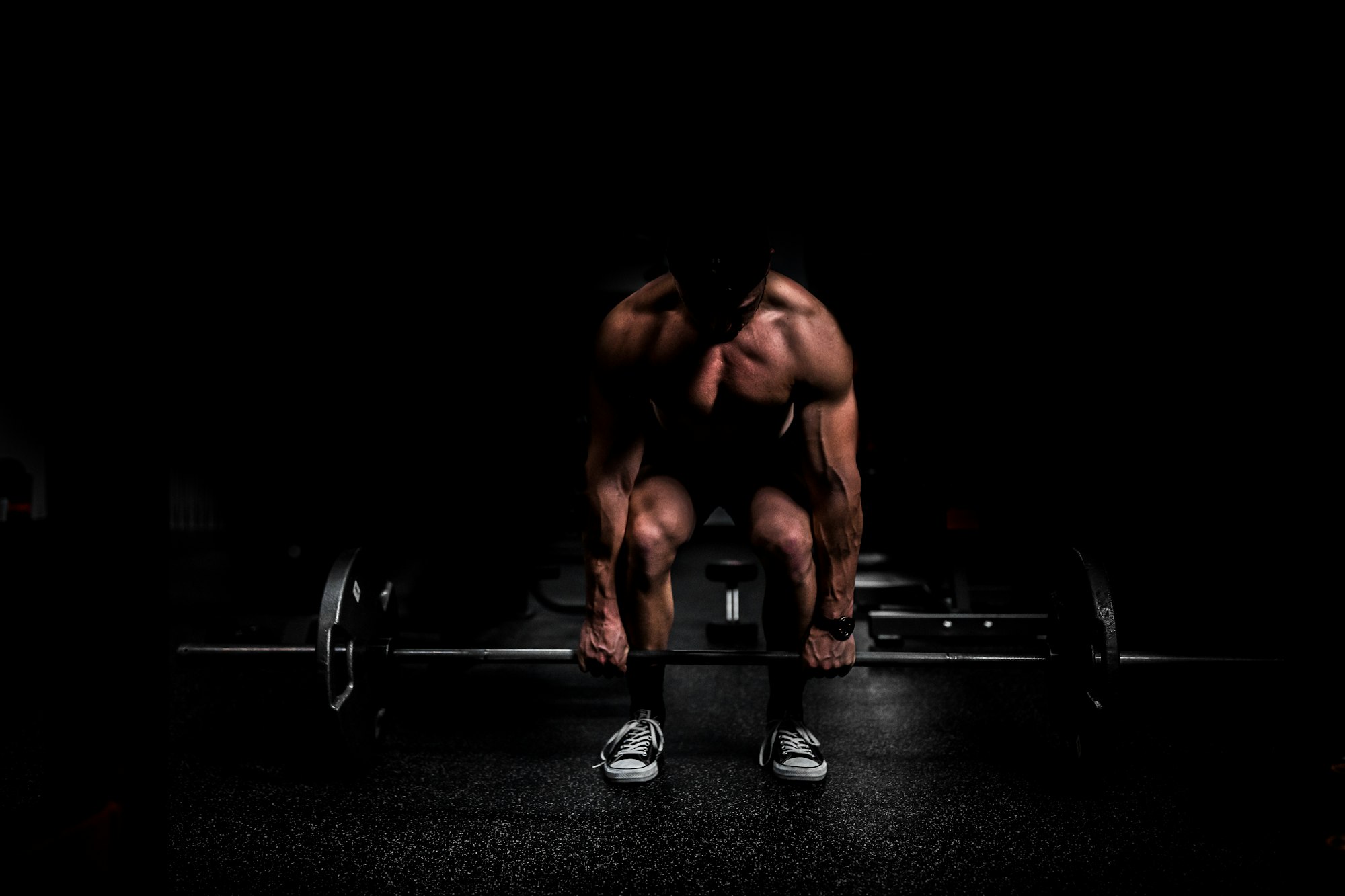How to "Prescribe" Exercise (Part 3): Strength
Part 3 of the series will explain how to prescribe strength exercises to your patients.

Welcome back to part 3 of our new How to "Prescribe" Exercise Series! In our series introduction, we dove into some of the data on why we should prescribe exercise to our patients. If you haven't read that yet, consider going to our website and checking it out. In part 2 of the series, we covered how to prescribe exercise to your patients targeting aerobic capacity, which is essential for health-span.
Part 3 of the series will explain how to prescribe strength exercises to your patients. We've written about the best bodyweight exercises and how to build muscle in the past, so make sure to check those out for homework!


According to Peter Attia, the focus of strength training should target 4 things if longevity is your goal; grip strength, concentric/eccentric loading, pulling motions, and hip-hinging movements.
GRIP STRENGTH:
The reason grip strength is so important comes down to fall risk and general capability. More than 33% of elderly people will fall each year, and 60% of nursing home patients suffer a fall annually. Perhaps most concerning, roughly 12-33% of people >65 years old who fracture their hip will die within a year, and 90% of hip fractures are caused by falls. What does this have to do with grip strength? One of the main reasons people fall is that they're unable to catch themselves. They'll grasp at a railing, chair, bedframe, etc... but they aren't strong enough to actually grip the object and stop their fall. Good grip strength will also increase your ability to complete ADLs as you age, such as carrying the groceries.

In order to train grip strength, you can advise your patients to practice dead hangs, pull-ups, deadlifts, and farmer's carries. A "dead hang" is literally just hanging from a bar by your hands without any support (pictured above). Patients should target a hang time of 2 minutes or 90 seconds for males and females respectively. This will take time to train up to for most people!
Pull-ups and chin-ups are also great for grip strength. However, they are admittedly much harder than dead hangs, so your patients may need to work their way up to these. They can start by jumping up to the bar and slowly lowering themselves down until they're in a dead hang position. This approach will actually target the eccentric portion of the movement, but the concentric phase is active enough to help you get your first pull-up over time!
Deadlifts involve picking up a barbell from the ground and setting it back down (simple, right?), but these should be done very carefully and using correct technique! MAKE SURE YOU HAVE AN EXPERT HELP YOU WITH THESE.
A farmer's carry is very simple and very effective. For that reason, I think they're a great choice for most people. Simply pick up a heavy object in each hand and walk around with them for a while. A good goal to target would be for men to carry half of their body weight in each hand (total bodyweight when combined) and for women to carry 75% of their total bodyweight for 1 minute. Like the dead hang goal, this can take time to work up to!

CONCENTRIC/ECCENTRIC:
Concentric strength involves contracting (shortening) a muscle whereas eccentric strength involves lengthening a muscle. Let's take your quadriceps for example. When walking uphill, your quads are utilizing concentric loading to push you up with each step. When you walk downhill, however, your quads rely on eccentric strength to prevent you from falling forward. If your quads are in a concentric phase, your hamstrings are generally in an eccentric phase. This is the case across your body as muscles need to exist to counteract each other. Your biceps and triceps, chest and back, and even both sides (top and bottom) of your forearms work the same way. You can easily visualize this by flexing your wrist up and down and watching how the muscles respond.
In Outlive by Peter Attia, he describes a test he gives to all of his patients where he requires them to step onto an 18-inch block with a 3-second concentric and a 3-second eccentric phase. Evidently, most people find the eccentric phase much more difficult. Unfortunately, the eccentric phase is also more closely associated with fall risk.
For that reason, you should consider paying special attention to the eccentric phase of all of your exercises, particularly because it's easy to ignore! This can involve doing farmer's carries downhill, lowering yourself slowly from a pull-up bar, lowering the bar down slowly in a deadlift, etc...

PULLING:
We covered some of the pulling exercises already when we spoke about grip strength. Pull-ups and deadlifts are both quintessential pulling exercises. They're also both versions of a vertical pull. However, something like a row will utilize a horizontal pulling motion and target different muscles in the mid-back. Luckily, rowing can also be used to train Zone 2 and VO2 max! Patients can utilize equipment like a concept2 rower (pictured above) which can be bought for home use or found in many gyms.
Pulling will target grip strength and also all of the muscles in your back, from your latissimus dorsi (lats) and rhomboids to trapezius (traps) and scapular stabilizers.

HIP-HINGING:
Here the deadlift comes up again, this time as a hip-hinging movement. The other essential hip-hinging movement is squats (bodyweight, back squats, front squats, goblet squats, etc...) You can't go wrong with any squat variation! There are many other hip-hinging movements out there like hip thrusts and kettlebell swings, both of which are excellent exercises.
Again, both squats and deadlifts are very easy to mess up. If you or your patients are new to these, you should absolutely make sure to do them with someone who knows what they're talking about first! Both of these movement can put the spine at risk when done incorrectly (with a bent spine, for instance), so please use caution. The juice is definitely worth the squeeze here, but only when done with proper technique!
I would encourage all patients and providers to spend time with a trainer or at least watch YouTube videos showing the proper way to perform all of these exercises. None of this is worth doing if it leads to injury, so safe lifting principles are essential to get everything out of our training!
*Information presented on RxTeach does not represent the opinion of any specific company, organization, or team other than the authors themselves. No patient-provider relationship is created.


